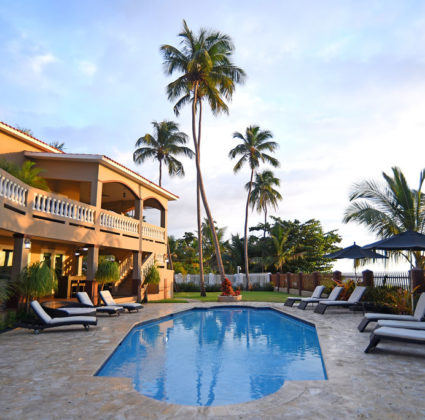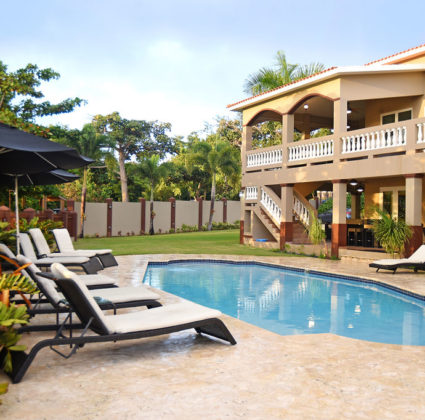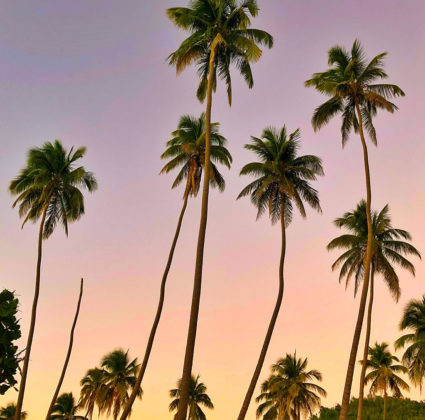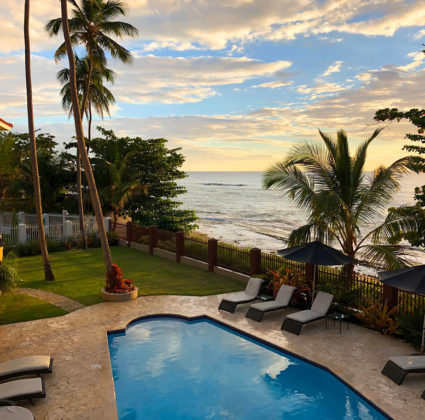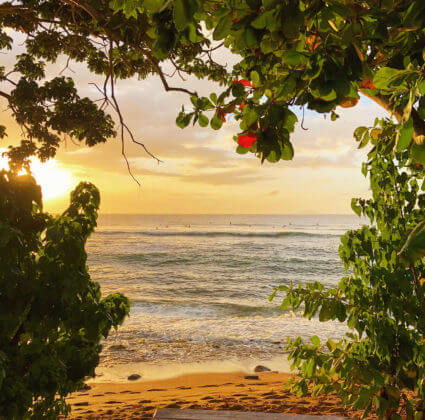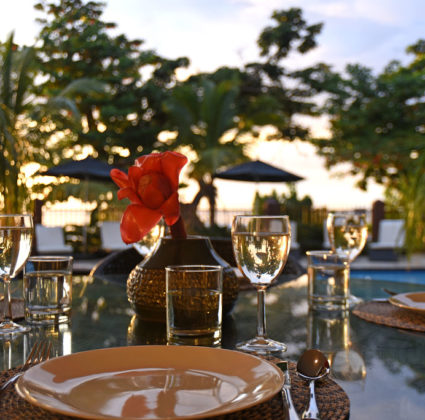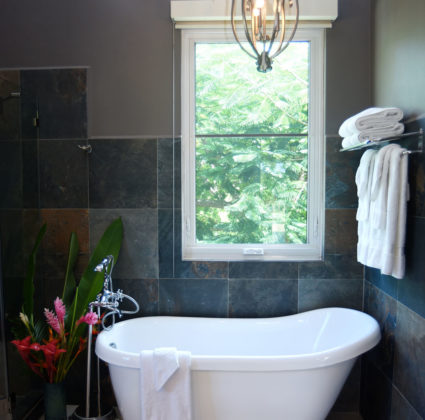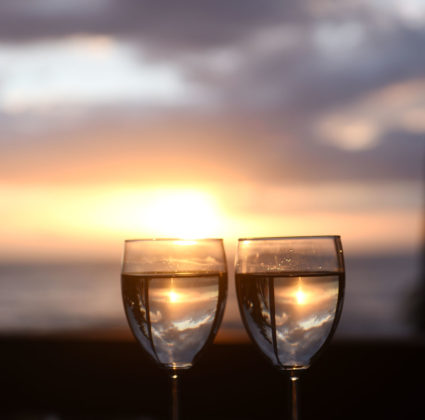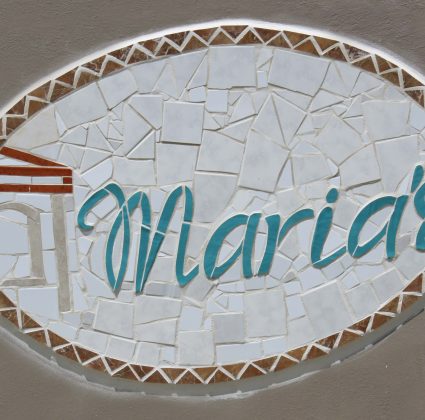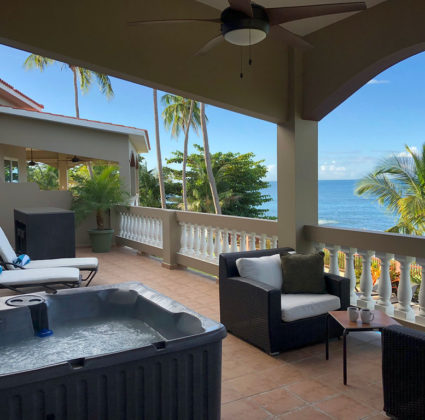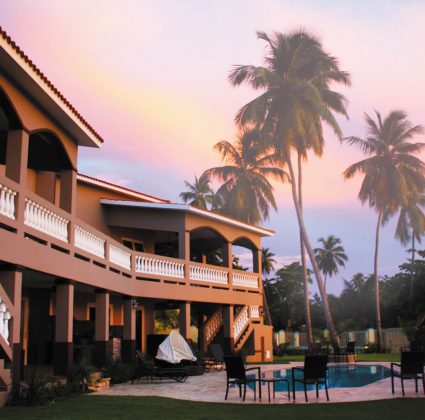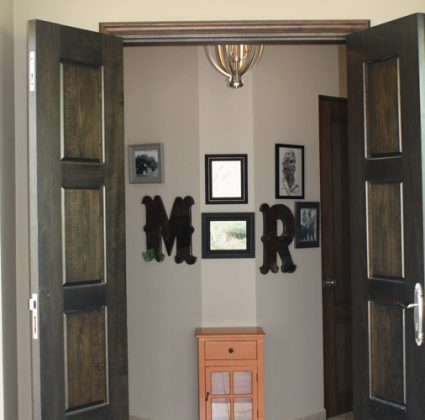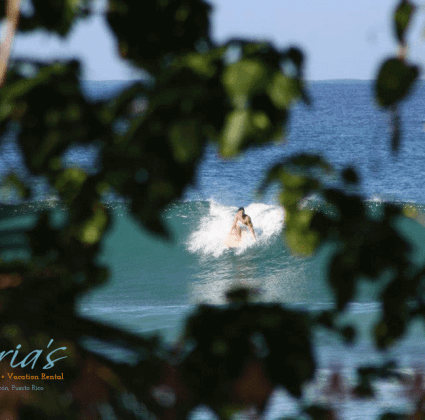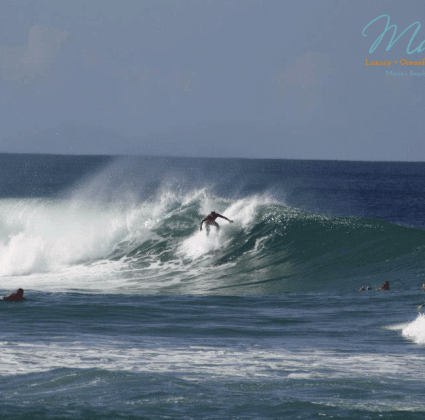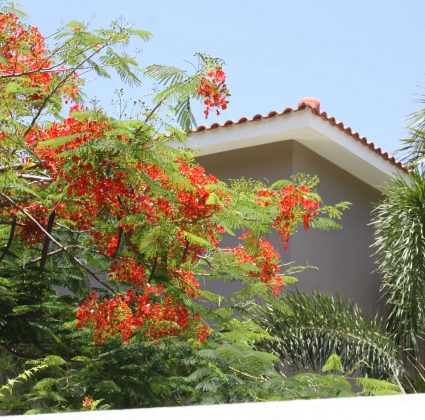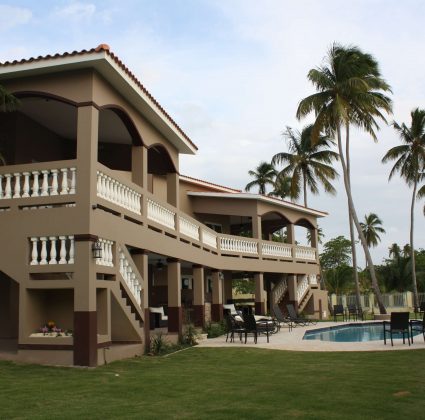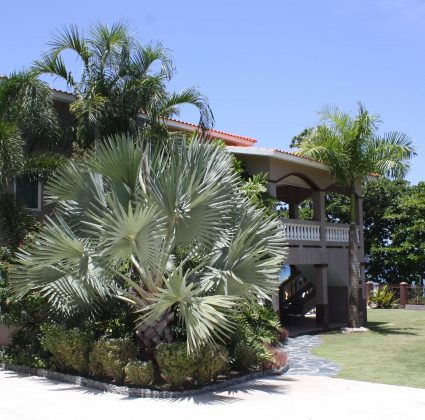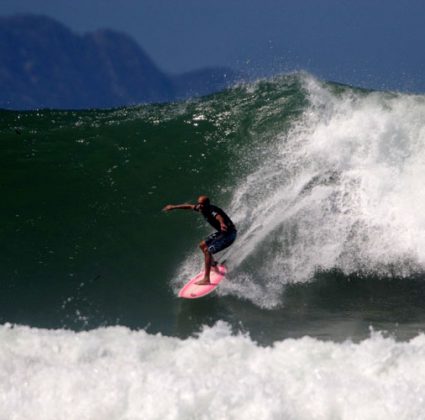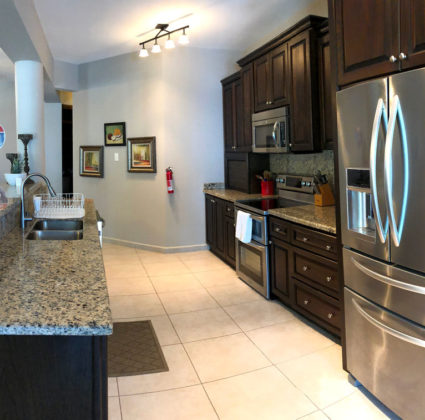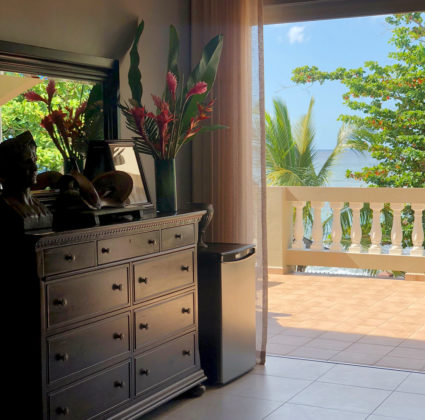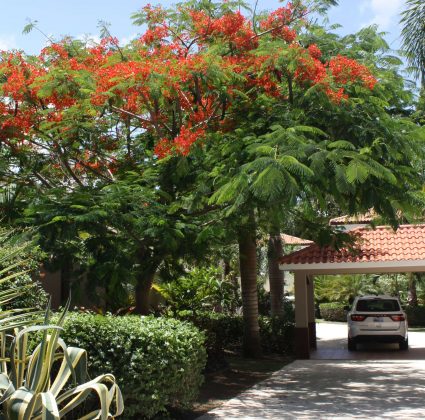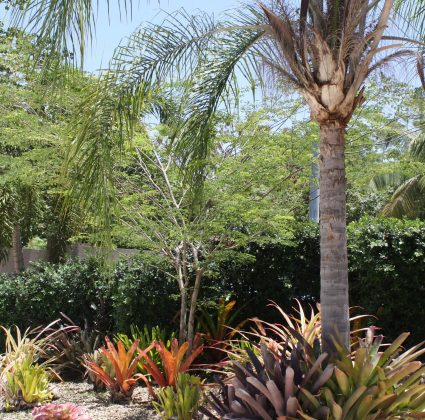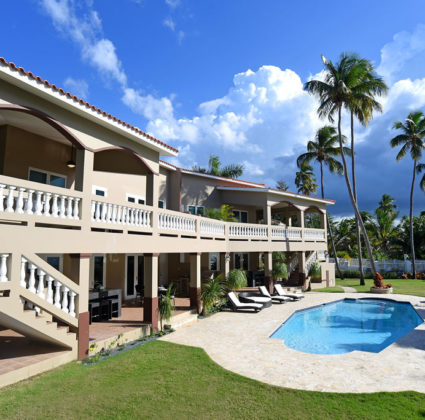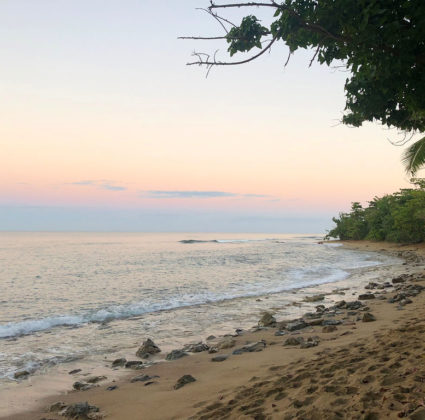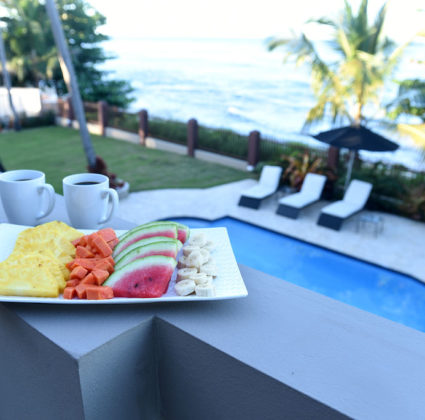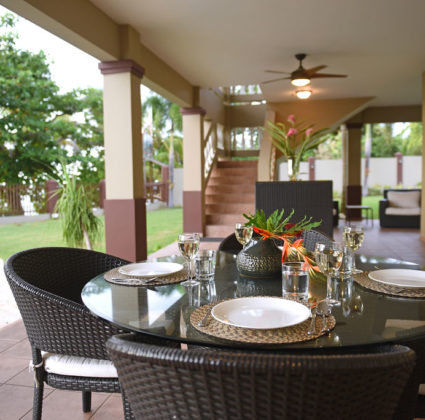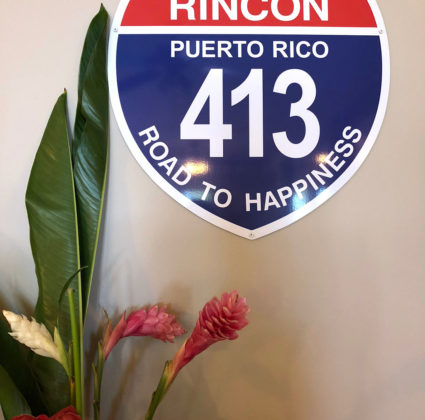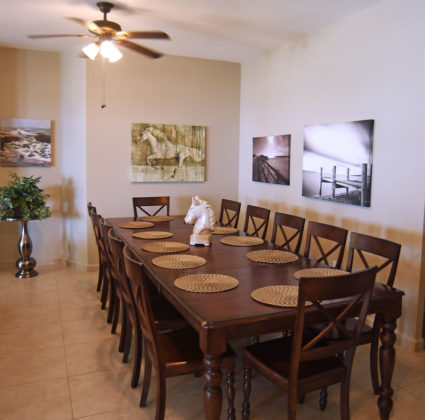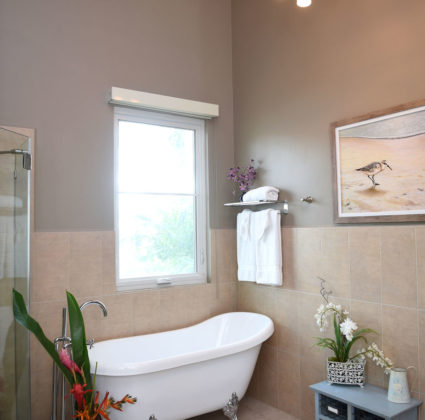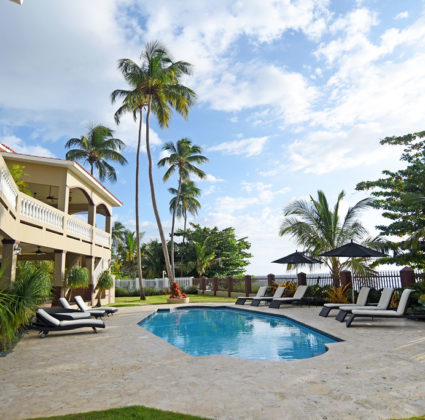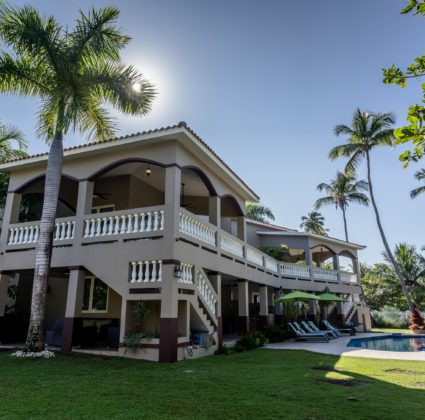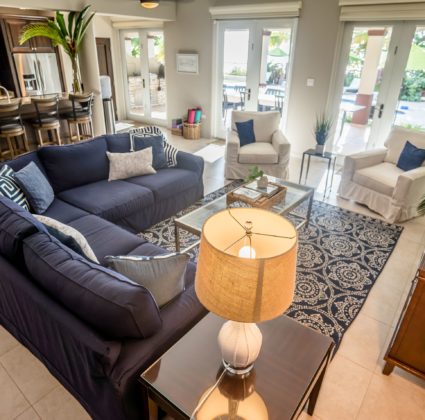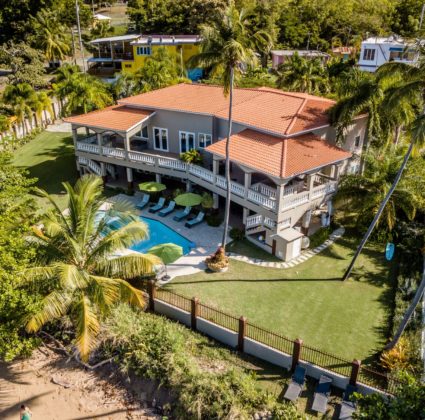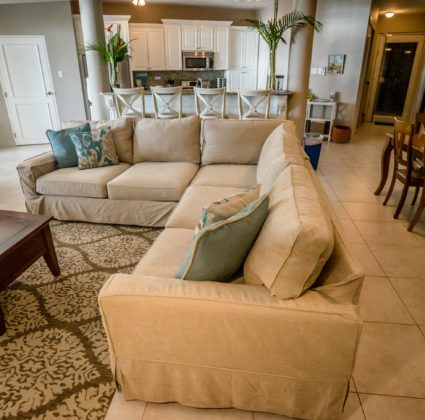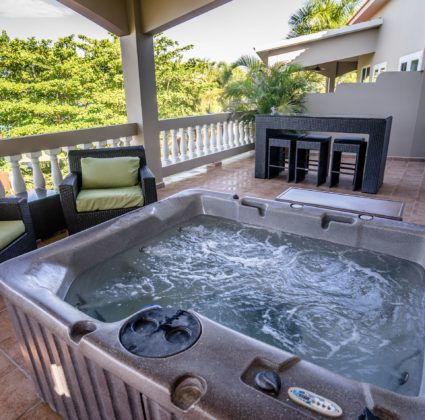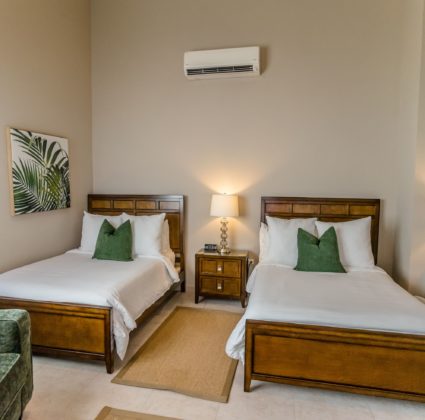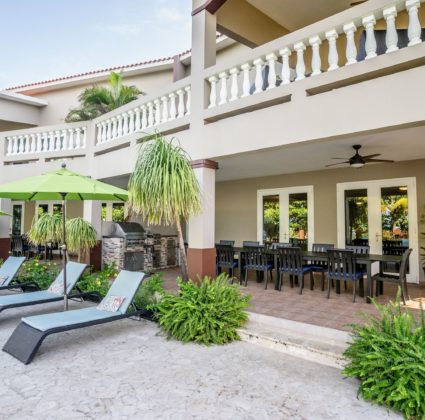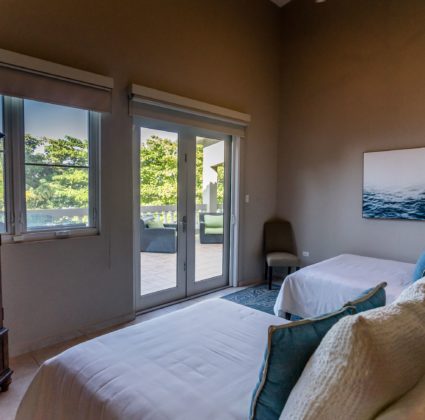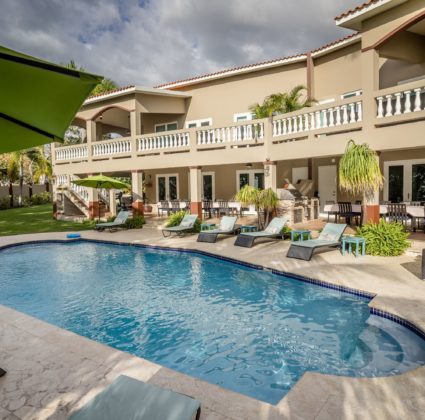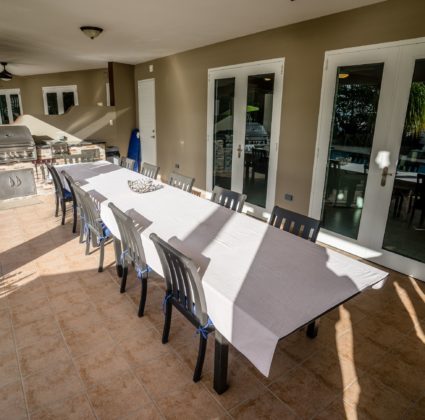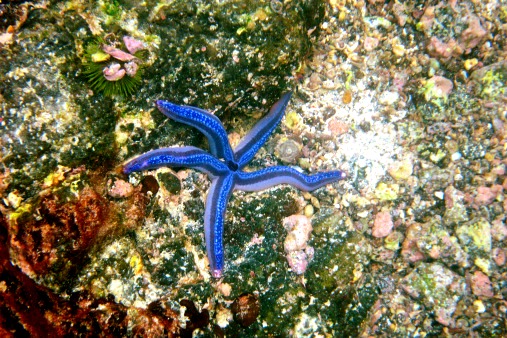 When you’re a nature lover, there’s no doubt that no matter where you go on vacation, you’ll want to check out the local flora and fauna. If Puerto Rico happens to be your vacation destination, you’re in luck. The island is home to a variety of ecosystems, from rainforests and lagoons to dry forests and mountains. Among the most interesting ecosystems of Puerto Rico are the coastal and marine. Five coastal and marine ecosystems exist on the island, so if you love the rich diversity of sea life, you will have much to explore during your stay.
When you’re a nature lover, there’s no doubt that no matter where you go on vacation, you’ll want to check out the local flora and fauna. If Puerto Rico happens to be your vacation destination, you’re in luck. The island is home to a variety of ecosystems, from rainforests and lagoons to dry forests and mountains. Among the most interesting ecosystems of Puerto Rico are the coastal and marine. Five coastal and marine ecosystems exist on the island, so if you love the rich diversity of sea life, you will have much to explore during your stay.
- Sandy Beach: The sandy beaches of Puerto Rico are one of the island’s top attractions. But the beaches of Puerto Rico are for much more than relaxing and sunbathing; they’re also home to a vast array of living creatures. Different species of crabs inhabit the beach sands, as well as turtles, sand dollars and starfish. And, many of Puerto Rico’s sandy beaches are punctuated by sand dunes, which provide mini-ecosystems for animal and plant life, and offer a natural barrier against hurricane waves, floods, and land erosion.
- Sea Grass Bed: Sea grass beds grow close to the shore and can mostly be found in the east and on the southern coast of Puerto Rico, although they do grow all around the island. Sea grass provides both food and shelter to a number of different types of sea life, including shrimp, octopi, sea urchins, eels, seahorses and more. Manatees and larger sea turtles can also be found in areas where sea grass grows, as they rely on these areas to provide them with the nourishment they need to live. Sea grass is important for the coastline, too – it helps mitigate corrosion and helps maintain water quality.
- Mangrove Forest: The mangrove forests of Puerto Rico provide a buffer zone between the land and the sea, and the hardy mangrove trees root into the sea. Four types of mangrove trees exist in Puerto Rico: the red mangrove (so named because nutrients released from the plant turn the surrounding water red), the black mangrove, the white mangrove and the buttonwood mangrove. The mangrove forests provide an ecosystem for a number of terrestrial and aquatic animals, including sea birds, bats, crustaceans, turtles and multiple species of fish.
- Coral Reef: Corals are actually organisms that live inside a skeleton that they build. Coral is related to sea anemones and jellyfish; except they only exist as polyps in the skeleton they created. They have tentacles to capture microscopic food sources, like zooplankton. The alga that lives inside the coral polyp provides the organism with food through photosynthesis. Coral reefs provide food and shelter for many fish and other aquatic life, like sponges, starfish and crustaceans, living in the waters surrounding Puerto Rico.
- Rocky Shore: Rocky shorelines in Puerto Rico can be the result of consolidated sand dunes, igneous rock and calcareous rock. In the rocky areas, there may be cliffs, canals and even caves. Many different types of animals live among the rocks, including octopus, crabs, sea urchins, anemones, coral and segmented worms. Because of the constant wind and wave action against the rocky shoreline, the environment is often adverse. All of the plant and animal life inhabiting rocky shore areas have adapted to these harsh conditions.
When you plan the ultimate nature-lovers vacation to Puerto Rico, why not stay at Maria’s – a luxury resort located right on Maria’s Beach in beautiful Rincón? There, you’ll find all the amenities you need after a busy day of exploring all the natural wonders that the island has to offer. Our booking is done through Twin Palms, Maria’s rental and onsite management. Please visit our booking page on this website to view the availability of Maria’s and fill out our convenient contact form below. If you have any additional questions regarding Maria’s, you may call Twin Palms at 787-685-6648 (español: 787-449-3673). Thank you for planning your Puerto Rican vacation with us.
